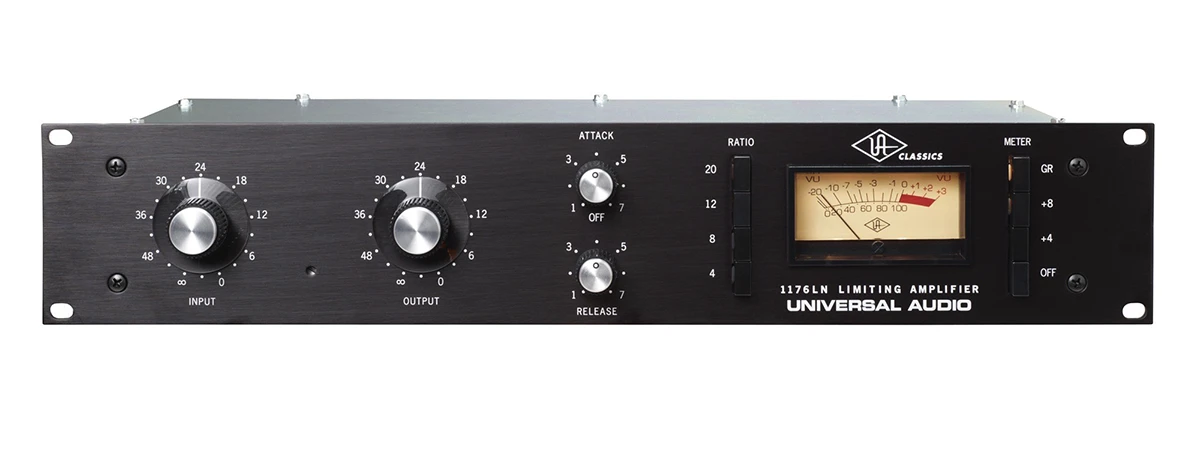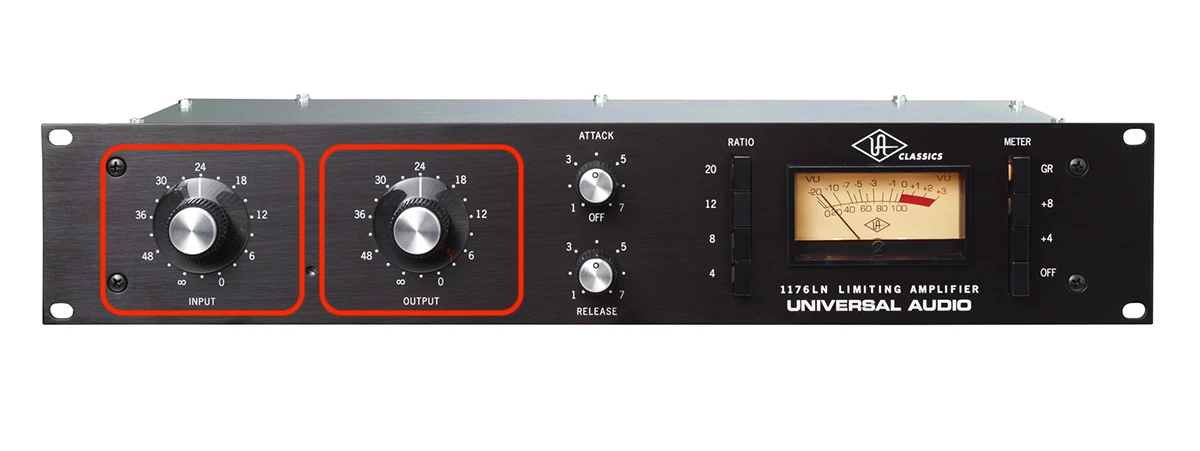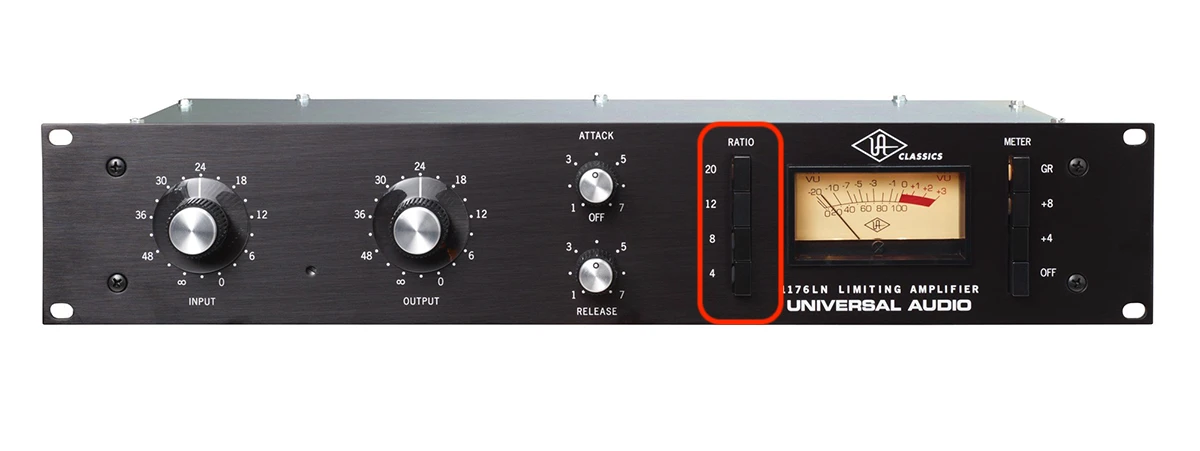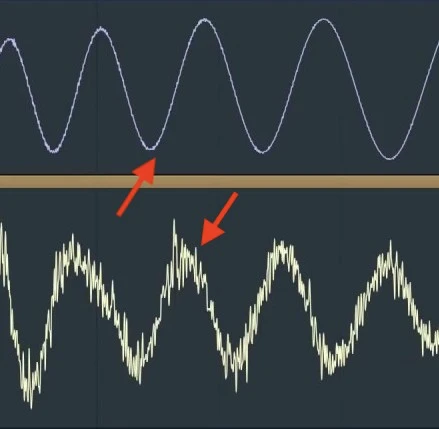The 1176 Audio Compressor is an influential tool in all genres of Audio Engineering, thanks to its solid-state design that brought overall innovation to the industry. Today, we will discuss the 1176 Compressors known for their distinctive sound and versatility. This blog will explore the 1176 Compressor, its features, applications, how to use it, some tips on making the best out of it, and common troubleshooting suggestions.
The 1176 Audio Compressor is a legendary dynamic range compressor that has 1176 has earned its place in recording studios worldwide and is regarded as one of the most influential compressors in the history of audio production. This compressor was originally introduced in 1967 and was designed by Universal Audio.
The 1176 Compressor is regarded for its fast attack time, transparent compression, and ability to add warmth, character, and punch to audio signals. All this, while having the simplest controls, made it even more successful. The best thing about this Compressor is its flexibility for the engineers and producers to shape the dynamics of individual tracks or entire mixes.

The 1176 Compressor works on the Field-Effect Transistors (FETs) circuitry, providing a unique and different sonic characteristic to the compressed sound. Because of the FETs, the compression works effectively with fast attack times, giving technicians much-needed control over transients.
One of the things that attract most Sound Professionals to the 1176 Compressor is that it features separate controls for input and output gain. While the input gain will allow you to adjust the level of the incoming signal before compression, the output gain will let you make up for any reduction in the level caused by the compressor. This presence of separate controls allows users to ensure optimal signal levels and allows for creative gain staging.

1176 Compressor has dedicated knobs to adjust the ratio, attack, and release times. You must already know how these settings are critical in producing the right type of sound. While most Compressors get too technical with these controls, the developers of 1176 Compressor have made sure to keep it easy and effective.
The 1176 Compressor provides several fixed compression ratios, including 4:1, 8:1, 12:1, and 20:1 to choose from.

While the original 1176 Compressor did not offer this feature, the modern versions have a blend knob that can allow Audio Engineers to enable parallel compression, which can be used to blend the compressed and uncompressed signals in a precise manner, giving you more control over the dynamics to create a balanced and natural sound.
While there are innumerable applications of the versatile 1176 Compressor to the person who knows what he is doing, below are some of the most common applications of the 1176 Compressor in Audio Production.
The 1176 Compressor is often used in Vocal Processing because of its ability to manage fast attack times which helps manipulate the sibilance of the input audio signal. 1176 also provides a much smoother and more controlled vocal performance when used correctly while adding a certain warmth and character to the audio.
1176 Compressor allows Sound Professionals to bring out the attack and punch of instruments like Drums and Percussions, enhancing the impact and tightness of the instruments. 1176 is also particularly effective on snare drums to enhance their crack and snap.
1176 is often sought after when technicians want to add sustain and control to the dynamics of instruments like electric guitars or bass. Instruments like a guitar often require Engineers to even out the performance so that it blends well with other instruments and vocals in the final mix.
From our firsthand experience, we can vouch for the 1176 Compressor's capability as a mixed bus compressor. We have often used it to glue the entire mix and introduce a certain level of cohesiveness by simply applying compression across the mix to blend all the elements.
With the internet growing, the use of broadcast media has skyrocketed, increasing the demand for broadcast and voiceover applications. Because of its fast attack time, it can give control over transients, allowing you to prevent sudden volume spikes and ensuring a smooth and controlled output. The 1176's low noise floor and high signal-to-noise ratio also contribute to clean and professional audio recordings.
To enhance the overall quality and maintain consistency across all tracks in the final mastering process, you can follow the below-mentioned steps while using the 1176 Compressor.
As a Sound Professional, one piece of advice that we give every person is to ensure that your mix is properly balanced and the levels are consistent if you want to achieve a balanced sound in the final output.
Drawing from our experience, the first step after you have the Compressor in place should always be to adjust the input gain to control the level of the incoming signal. One should aim for a moderate level of input gain, something that doesn’t introduce excessive peaks or clipping.
Input Gain between -10 dB to -6 dB can provide a healthy signal level with enough headroom for dynamics while ensuring optimal compressor performance. It balances capturing the desired audio nuances and preventing excessive signal clipping or distortion.
Similarly, go for a compression ratio required by your material and your desired result. We recommend ratios of 4:1 or 8:1 as a starting point, from which you can always go up or down according to your needs.
Now, set the attack time around where the Compressor will allow the initial transients to pass through. A faster attack time (20 ms to 300 ms) will allow the compressor to quickly attenuate the peaks, resulting in a more pronounced and controlled sound. A slower attack time (300 ms to 800 ms) lets the initial transients pass through, preserving the natural dynamics of the audio.
A shorter release time (50 ms to 500 ms) will allow the compressor to react quickly, providing a tighter and more immediate gain reduction. In comparison, a longer release time (500 ms to 1 second will give you a smoother and more transparent compression, preserving the natural decay of the audio.
Post you set the fundamental parameters, you should keep an eye on the gain reduction meter and aim for transparent and controlled compression that does not have any unwanted artefacts or distortion. Now, keep the gain reduction around 1-3 dB to have a natural sound.
Once you have a compressed output, you will have to adjust the output gain to compensate for any changes introduced to have a consistent output level and prevent unwanted volume changes.
While this is not a step per se, we recommend that you always compare the processed and unprocessed Audio signals to see what changes have the 1176 Compressor introduced to your audio. See if it has worked or needs further work to achieve your desired output.
Note- You should remember that these are just basic guidelines on how to use the 1176 Compressor for Mastering purposes and not a hard-bounded rule book. Remember that each mastering session is different, and your desired result will require different settings.
With all our years in the industry, we have seen even veterans make this mistake. Never begin with punched-up settings. Believe us. It is always the best way to begin on the moderate end. This will allow you to realize the effect the 1176 Compressor adds to your tracks without sacrificing the natural dynamics of the audio.
We feel it is much easier to go upwards and increase the intensity of compression instead of returning after listening to excessive compression.
Parallel compression is an underrated game-changer technique when using the 1176 Compressor. Parallel Compression will allow you to blend the compressed and uncompressed signals to produce the perfect balance between dynamics and sustain, creating a much more natural and transparent sound.
The 1176 comes with the sidechain compression functionality that allows you to route a separate audio source to the sidechain input, which you can use to trigger the compression.
This will allow the 1176 Compressor to create pumping or rhythmic effects in your audio source, often sought in music genres like EDM and rock.
Talking from our experience, we can guarantee that there is no better guide than your ears, something you can always rely on. Keep an ear out and see how each step is affecting your audio and look out for things you don’t want and things you want. You should always back your judgment more than any machinery aid provided. Remember, if you like it, it is simply working!
In the years working with the 1176 Compressor, we have often encountered the introduction of excessive pumping or unwanted artefacts post-compression, mostly because of aggressive settings, such as high ratios or fast attack times.
You only have to reduce these settings to a moderate level to fix this. We have also found adjusting the release time to a softer value to achieve a smoother response output.
If your signal gives you an inconsistent gain reduction, you should ensure that the signal is not too hot or too weak. Also, see if the input gain is properly set. If not, adjust the settings accordingly.
While the 1176 Compressor gained popularity mainly because of its transparent output, technicians who overkill the settings often find a loss of transparency and a highly colored output.
You should ensure that the compression settings are set appropriately and, as always recommended, go for moderate ratios and subtle attack and release times to maintain the natural dynamics and transparency.
If you cannot find any compression in your output, the first thing you need to check is the compression threshold setting and ensure that the input level exceeds the threshold you have set to trigger the compression. If not, you will have to adjust the threshold accordingly.
The second thing that can bring a similar issue is the bypass function. Ensure it is turned off, as it would bypass the entire compression process every time, resulting in no compression.
Phase issues in the 1176 Compressor can often be seen if the compressor alters the phase relationship between different frequency components of the same audio signal, negatively affecting the signal's tonal balance and stereo imaging.
To resolve this issue, first, set the attack and release times of the stereo-linked 1176 units identically to maintain phase coherence between channels. If the issue persists, use phase-correction plugins or manually align the phase if necessary.

The 1176 Audio Compressor, with its solid-state design, unique sonic characteristics, and versatile features, can be your go-to choice. Whether it's vocals, drums, guitars, or mix bus compression, the 1176 Compressor offers exceptional control and flexibility.
By practicing and figuring out the optimal settings and using the tips mentioned in this blog, you can easily achieve the desired results and enhance your art. Remember that the 1176 Compressor is a powerful tool you can rely on to bring your creativity out and create magical experiences for your audience, but remember not to overkill it!
♥ - Joseph SARDIN - Founder of BigSoundBank.com - About - Contact
Be the first to give an opinion!